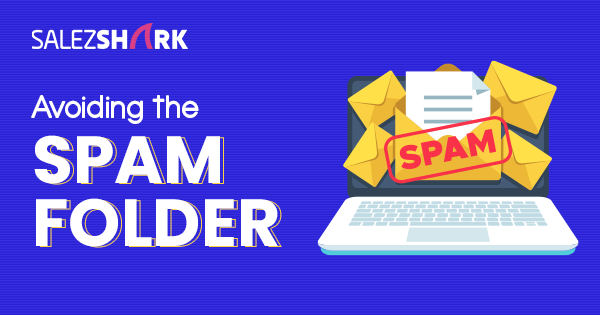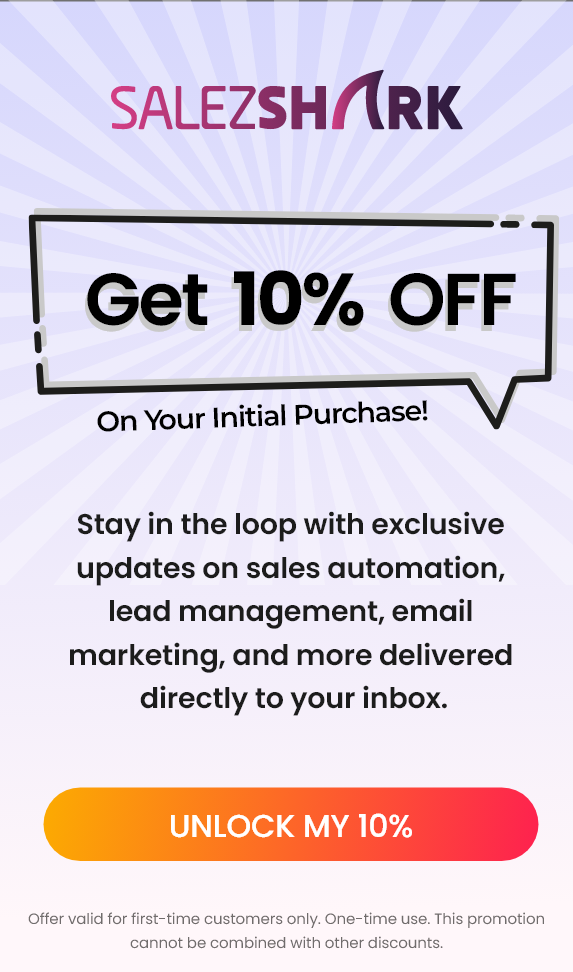If you’ve ever sent an email and wondered why it ended up in someone’s spam folder, you’re not alone. Many people face this issue, but don’t worry, I’ve got some tips to help you out. In this blog, we’ll chat about the best practices for email deliverability to ensure your messages land safely in your recipient’s inbox.
What is Email Deliverability?
First things first, let’s talk about what email deliverability means. Simply put, email deliverability is the ability to deliver emails to your subscribers’ inboxes. It’s all about making sure your emails don’t get lost in the digital world and end up where they’re supposed to – the inbox.
Why Do Emails Land in the Spam Folder?
Before we dive into the best practices for email deliverability, it’s essential to understand why emails might get marked as spam. There are a few common reasons for this:
- Sending Too Many Emails: If you bombard your recipients with emails, they might mark them as spam.
- Using Spammy Language: Words like “Free”, “Buy Now”, or “Limited Time Offer” can trigger spam filters.
- Poor Email List Quality: If your email list contains invalid addresses or people who haven’t opted in, it can hurt your deliverability.
- Lack of Authentication: Emails that aren’t properly authenticated might get flagged as spam.
Best Practices for Email Deliverability
Now that we know why emails might end up in the spam folder, let’s look at some best practices for email deliverability to help you avoid that dreaded fate.
1. Build a Clean Email List
The foundation of good email deliverability is a clean email list. Make sure your list is made up of people who genuinely want to hear from you. Here are a few tips:
- Use Double Opt-In: When someone signs up for your emails, send a confirmation email to verify their subscription. This ensures that the email address is valid and that the person truly wants to receive your emails.
- Regularly Clean Your List: Periodically go through your email list and remove inactive or invalid email addresses and also this helps maintain a healthy list and improves your deliverability.
2. Craft Engaging Content
Your email content plays a significant role in deliverability. Engaging content can keep your readers interested and reduce the chances of your emails being marked as spam. Here’s how to do it:
- Personalize Your Emails: Use your recipient’s name and tailor the content to their interests. Personalization can increase engagement and reduce the likelihood of your emails being flagged as spam.
- Avoid Spammy Language: Be mindful of the words you use. Avoid phrases that sound too promotional or salesy, as these can trigger spam filters.
3. Authenticate Your Emails
Authentication is like showing your ID to prove you’re legitimate. It tells email providers that your emails are coming from a trusted source. Here are a few methods:
- SPF (Sender Policy Framework): This checks if your email is sent from a genuine server.
- DKIM (DomainKeys Identified Mail): This adds a digital signature to your email.
- DMARC (Domain-based Message Authentication, Reporting, and Conformance): This policy helps protect your domain from unauthorized use.
4. Monitor Your Sending Frequency
How often you send emails can impact your deliverability. You might get flagged as spam if you send too many emails too quickly. Here’s what to consider:
- Find a Balance: There’s no one-size-fits-all answer for how often to send emails, but finding the right balance is key. Test different frequencies and see what works best for your audience.
- Consistency is Key: Try sending emails regularly so your recipients know what to expect.
5. Test Your Emails Before Sending
Before hitting that send button, it’s a good idea to test your emails. This can help you catch any issues that might hurt your deliverability. Here’s how:
- Send Test Emails: Send your email to a small group of colleagues or friends to see if it lands in their inbox or spam folder.
- Use Testing Tools: There are various online tools available that can test your email for spammy content and also other issues.
Also Read- Improve Your Email Strategy with a Simplified CRM Process
Final Thoughts
Improving your email deliverability isn’t rocket science, but it does require some attention to detail and a bit of effort. By following these best practices for email deliverability – building a clean email list, crafting engaging content, authenticating your emails, monitoring your sending frequency, and testing your emails – you can increase the chances of your emails landing in the inbox.
Remember, the goal is to build a relationship with your recipients and provide them with valuable content. When you do this, not only will your deliverability improve, but your overall email marketing success will too.

